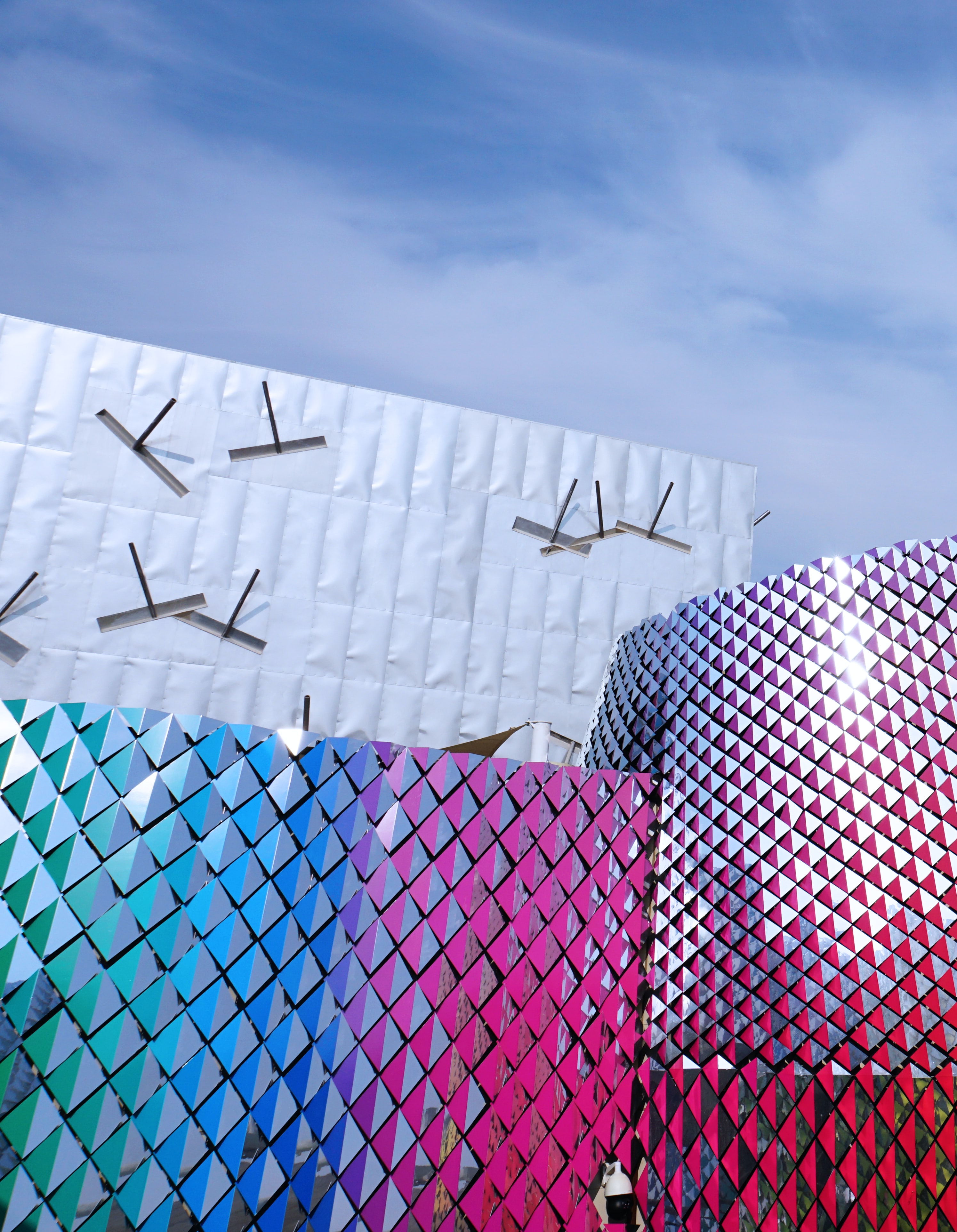Modern art is a form of art that emerged in the early 20th century. Modern art is characterized by its use of new technology and its rejection of traditional values.
Modern art includes paintings, sculptures, and other works of art that are created using new techniques and materials. Modern artists have rejected the traditional values of their time, such as realism and classical forms, in favor of new ideas and techniques.
Modern art has a wide variety of styles and themes, including abstraction, conceptual art, and pop art.

The term modern art was coined in the early 20th century by art critic Clement Greenberg. Greenberg believed that modern art was different from traditional art because it rejected the traditional values of realism and classical forms.

He argued that modern artists used new technology to create their works, such as abstract painting and sculpture. Modern artists also rejected traditional values because they believed that traditional values were outdated and no longer relevant to the modern world.

Modern art has been criticized for its use of new technology. For example, some critics have argued that modern artists use computers to create their works of art.
However, modern artists have defended their use of computers by arguing that they are necessary for creating the best works of art and that they are important to the development of modern art.
